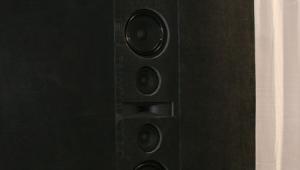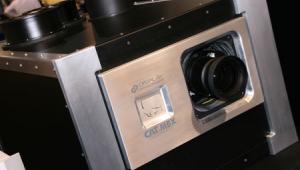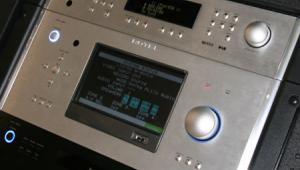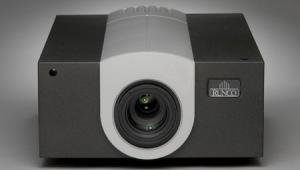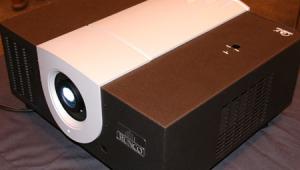IDT HQV Vida

The new chip includes three main featuresStreamClean, which cleans up much of the noise in low-res video such as YouTube, Resolution Enhancement, IDT's new upconversion algorithm, and Auto HQV, which automatically sets the processing parameters based on the input signal. Internally, the chip uses 12-bit processing and offers 6-axis color control. Also, it offers SD and HD noise reduction; by contrast, the Silicon Optix Reon chip has SD noise reduction only.
The demo we saw included some clips downloaded from YouTube with a resolution of 320x240, which were upconverted to 480i in order to put them on a DVD. The chip then upconverted that to 1080p and send a split-screen signal to a Samsung LCD TVone side of the screen had noise reduction, while the other side did not. The difference was dramatic, with much less macroblocking and mosquito noise in the noise-reduced image. Yes, the noise-reduced image was a bit softer, but that's a small price to pay for such an improvement. Look for products with the Vida chip next year.

